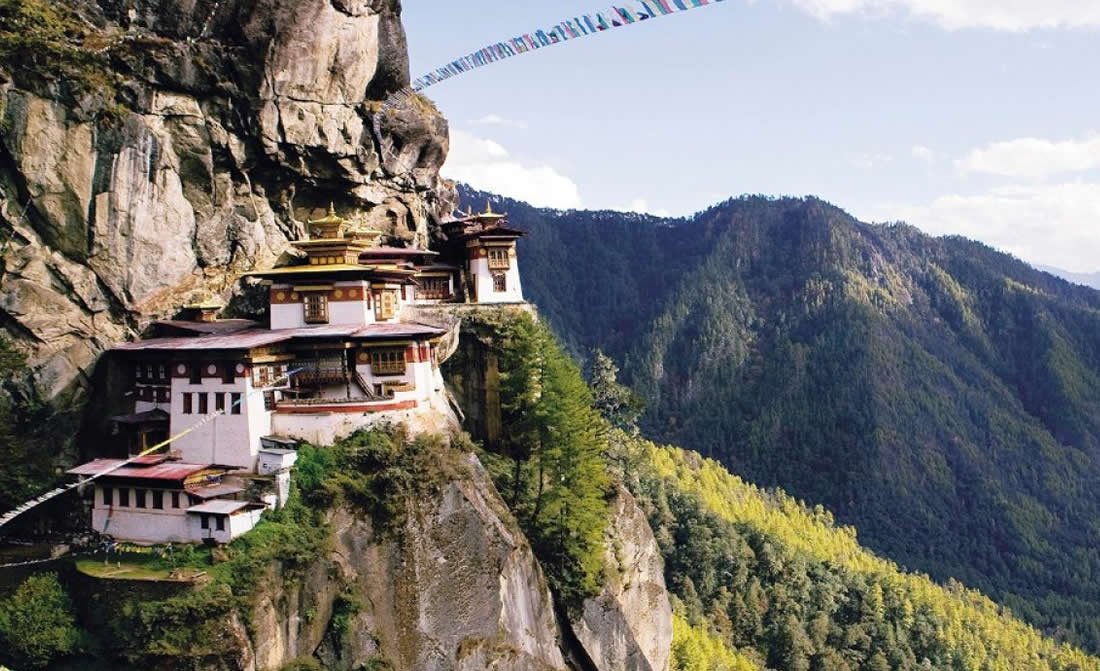Day 7
Excursion starts:
Kathmandu, the largest city of Nepal, is the political as well as the cultural capital of the country. Like any big city, Kathmandu has seen rapid expansion in the last decade, but despite the hustle and bustle so typical of metropolitan cities, its people remain as refreshingly friendly as ever.
Much of the heritage sites have been damaged by the April 2015 earthquake. Restoration is under process.
|
You will visit the vegetable & spice market in Ason, and see its many courtyards and bustling bazaars. From here you can take the local rickshaw (tricycle) ride to Thamel, a happening tourist hub of Kathmandu.
After lunch you will visit Swayambhunath Stupa. Also known as the Monkey Temple, Swayambhunath is a UNESCO World Heritage Site. It rests on a hillock and is one of the most important and sacred Buddhist shrines of Nepal. Legend has it that when Kathmandu Valley was a lake 2000 years ago, a single lotus flower grew at the center of the lake. When Saint Manjushree, the Bodhisatva drained the lake with a single slash of his sword, the lotus settled on top of a hill and magically turned into a stupa. Thus, Swayambhunath is also known as a Self-Created Stupa. This stupa is the most ancient and perhaps the most enigmatic of all holy shrines in Kathmandu. The area surrounding the stupa is filled with smaller chaityas, temples, painted images of deities and numerous other religious objects.
The April 2015 earthquake caused major damage to this Heritage Site and reconstruction is currently taking place.
Later go to Patan, the city of architectural interior. Patan, also known as Lalitpur, is the city of artisans and full of rich cultural heritage. It is home to the valley’s finest craftsmen who have preserved such ancient techniques as the repoussé and lost wax process used to produce exquisite sculptures. The city retains much of its old charm with its narrow streets, brick houses and multitude of well-preserved Hindu temples, Buddhist monasteries (vihars) and monuments. In the heart of Patan, amidst the Patan marketplace lays the Patan Durbar Square, an area filled with ancient palaces, pagoda temples, stone baths, Hindu and Buddhist statues, engravings and bronze cravings. Patan Durbar Square is also a UNESCO World Heritage Site. Also located in the square is the Patan Museum, formerly a Malla palace, which houses bronze statues and religious objects, some dating back to the 11th century.
Due to the April 2015 earthquake, many of the temples here have been damaged and reconstruction is in process.
Accommodation: Dwarika's Hotel

